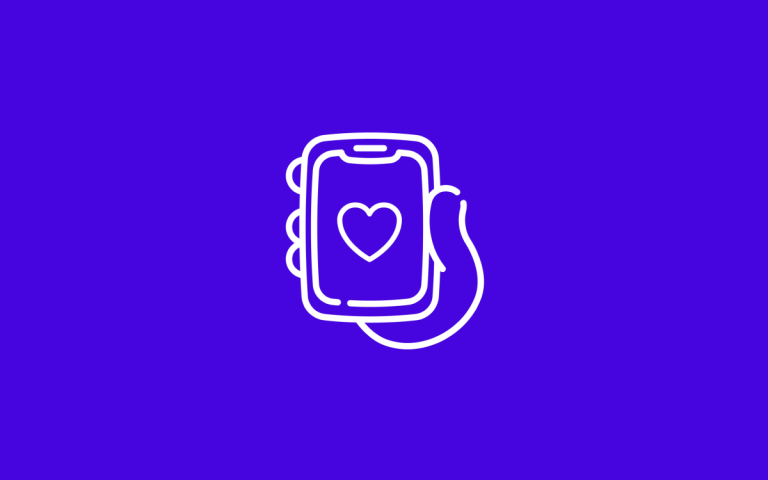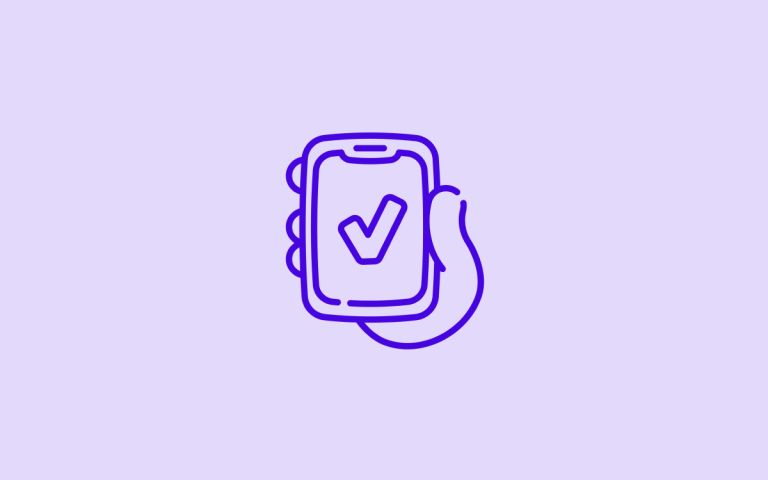
Technology
Improving customer loyalty with a mobile app
Hion
Investing in customer loyalty pays off, as it's multiple times cheaper to retain existing customers than acquiring new ones. As the market shows signs of slowing down, the race for customers begins – and it's much more pleasant to be part of that race if communication readiness and customer understanding are in good shape.
Where does investing in customer loyalty get you?
Since customer acquisition is often costly and time-consuming, the goal is to retain the acquired customers and encourage them to return to the service again and again. Especially in today’s hyperactive world, where information comes from all directions, once captured interest offers an advantage that is worth leveraging.
Benefits of customer loyalty
-
1
It increases the likelihood of repeat purchases and the growth of the amount spent per order
As you might guess, a good customer experience increases the likelihood that an old customer returns to the same service. Through the trust gained, the user also becomes more committed to the service both in terms of time and/or money.
-
2
Good experiences build trust
Customers rarely want to spend their limited time searching for new services; instead, getting accustomed to a good service experience they’ve had is an extremely strong anchor in retaining customers.
-
3
It increases the revenue
As mentioned above, the trust gained also increases the average willingness to invest time and money in the provided service. When the same individuals invest more in acquiring the service, organic growth occurs.
-
4
It reduces the costs of customer acquisition
When existing customers make more frequent purchases, you don’t need to invest as much time and money in convincing new customers. Acquiring new customers is about 5 times less efficient than selling to existing ones.
-
5
It reduces customer churn.
Every business loses customers, but strong customer loyalty significantly reduces churn.
-
6
It increases brand value and is often reflected in customer satisfaction
People want to be satisfied with their purchases and/or their time spent, and if this happens, it directly translates into organic growth. Loyal customers are also much more likely to recommend the brand to others, resulting in a more positive reputation in the market.
How can a mobile app help improve customer loyalty?
When businesses consider creating a mobile app, they often see it as a new and somewhat separate channel from their other operations, requiring dedicated time and/or limited resources to maintain. In some ways, this is true, as it can be challenging to avoid costs when acquiring an app. However, the cost-effectiveness of a mobile app, especially in direct customer communication, is incredibly hard to match with any other solution. Here’s why:
Reach
Reaching users with push notifications is perhaps the most effective way to engage customers, whether they have the app installed or not. This is why apps are seen as one of the most significant channels, particularly within marketing and communication teams, as part of a multichannel communication strategy.
Personalization
User responses to suggestions and reminders via the app are psychologically different from responses to emails, and app content is more often read. Users have already shown interest in consuming app content by downloading the app and accepting its terms. Additionally, the content within app messages is often more personalized, driven by factors like previous purchase history or consumed content. In contrast, emails are typically more mass-oriented, making them less efficient.
User Engagement
Collecting feedback through the app is often much more straightforward and faster than using external feedback services. People are significantly more active in responding to feedback requests when they come through the app, compared to redirecting them to an external website for feedback.
Targeting
App usage data can provide analytics that allow for highly targeted messaging when needed. For instance, in a situation where the same app is used by both B2C and B2B customers, and there’s a need to quickly promote a specific product or service to one group. Real-time data enables the effectiveness of immediate communication, which is far superior to sending an email follow-up one or two months later.
Utilizing User Data
In addition to user feedback, mobile apps collect real-time customer/user data. This data enables data-driven decision-making at the pace deemed necessary. Quick reactions to changing circumstances can provide a significant advantage, especially in competitive situations with limited users or customers.
What kinds of customer loyalty models do companies use?
Good examples of investing in customer loyalty can be seen in the loyalty programs of Finland’s own duopoly – Kesko and S-Group. These programs by no means make these operators immune to market changes, but in a situation where consumers need to think about how to reduce daily expenses, it often happens by consolidating purchases at the same location and/or with the same operator.
Because a mobile app is the most cost-effective way to create a loyalty program, various options have emerged:
Point-Based Model
The more you spend, the more points you earn, which can be redeemed for new services or add-ons. Frequent flyer miles are the best example of this model.
Purchase-Based Model
The more frequently you shop, the more new benefits you receive. Widely used in the service and restaurant industry, where, for example, every tenth lunch is “free.”
Tiered Model
Customers have the opportunity to achieve higher customer levels based on their buying behavior, which allows them to access “exclusive” offers. Achieving a new level is often perceived as a personal accomplishment, as mobile app interactions are generally considered a more personalized customer experience compared to, for example, online services. Good examples of this are Stockmann and Booking.com.
Cashback Model
When a user concentrates their purchases on a particular manufacturer or store services, they receive cashback or extended warranties on purchased products in return. Widely used in the home electronics sector.
Free Benefits Model
When a customer starts using a mobile app or makes purchases through it, occasional “free” benefits pop up, successfully directing users back to the familiar service. Good examples of this are McDonald’s or Coffee House.
Customer Loyalty vs. Brand Loyalty
Often, customer loyalty is also confused with brand loyalty, and although they often share the same variables, they are not necessarily the same thing.
A strong brand does generate customer loyalty, and through good customer loyalty, you can build a strong brand, but there are differences:
- High customer loyalty is usually the result of a good experience, either in the ease of service, the quality of the product/service, or the prices.
- Brand loyalty can, of course, result from the same factors, but sometimes it can also be purely due to marketing. Brand loyalty is often a good defense when there are occasional hiccups in the quality of the service/product or if price increases need to be justified.
However, most companies are not in a situation where they have such a strong brand that they can take risks with customer loyalty. In such cases, resources must be invested in service quality and well-thought-out communication in the right channels, especially if they don’t want to compete purely on price. Reliable and consistent investment in customer loyalty can, in the long run, also lead to brand loyalty if supported by marketing in the right way.
In order to improve customer loyalty through an app, it naturally requires having the app and a group of enthusiastic users in the first place. How to achieve this?
Stay tuned for more on this topic in the next part of the series.
- Mobile apps
